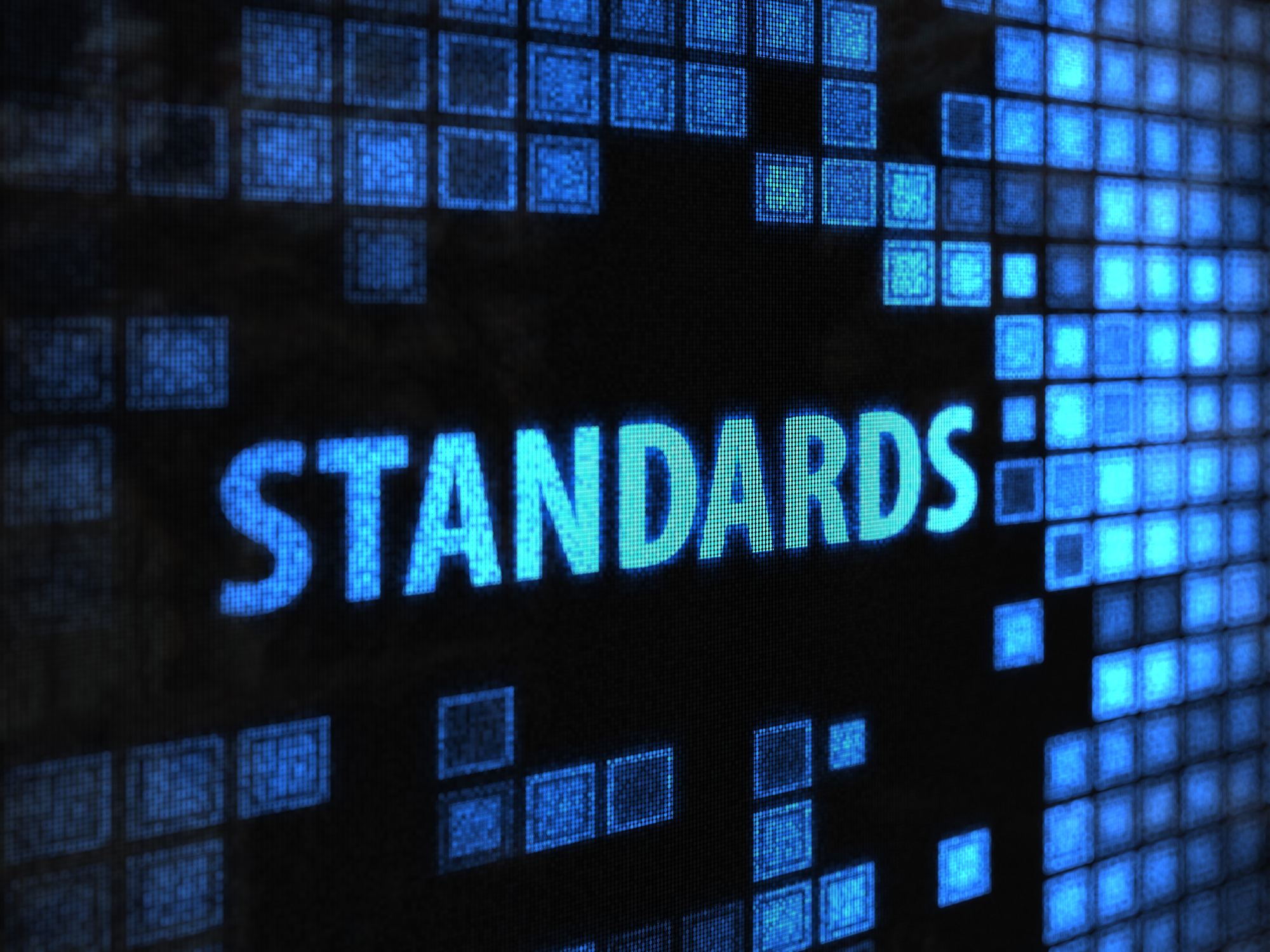ASHRAE Standard 228 establishes requirements for determining whether a building or group of buildings meets a definition of “zero net energy” or a definition of “zero net carbon” during building operation. Standard 228 includes allowances for sites that are not able to produce adequate renewable energy, while placing additional requirements for importing carbon and renewable to the building site. Importantly, the standard defines the calculation of energy in terms of source—a multiplier on the energy crossing the site boundary to include energy used or lost in extraction, generation and transit to the site. The main energy calculation is made in terms of annual average factors, but allowance is made for the calculation of individual hours where data is available. “Zero net” is defined to mean that the source energy or carbon flows into the building site are less than or equal to those flowing outward during building and site operation, adjusting for any allowed “offsets.” Please contact Bruce Swiecicki for further information.
Related News

USDA Crop Progress Report
April 25, 2024
The U.S. Department of Agriculture (USDA) Crop Report as of April 22, 2024, shows promising developments in corn and soybean planting, crucial info...

Webinar: International Market Dynamics in Propane
April 25, 2024
Join NPGA’s insightful webinar on May 16th at 2 pm ET, focusing on the complexities of international propane markets and their impact on the ...

Expo Call for Presentations
April 25, 2024
Submit your idea today! The National Propane Gas Association is now accepting education and fast track session proposals for the 2025 Southeastern ...

